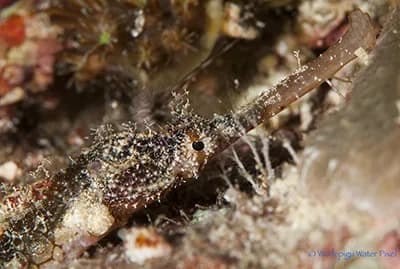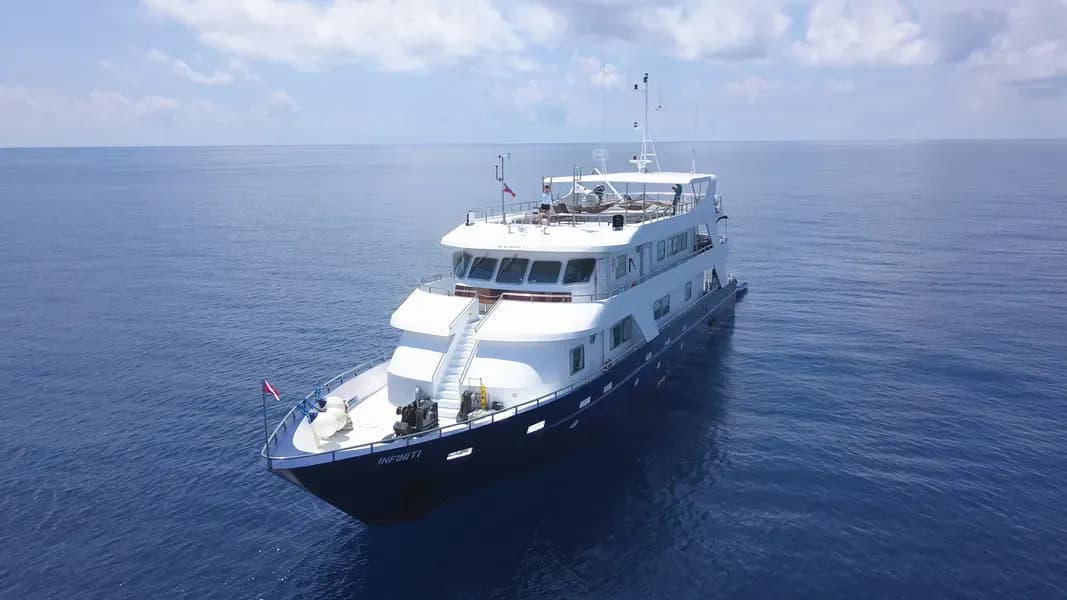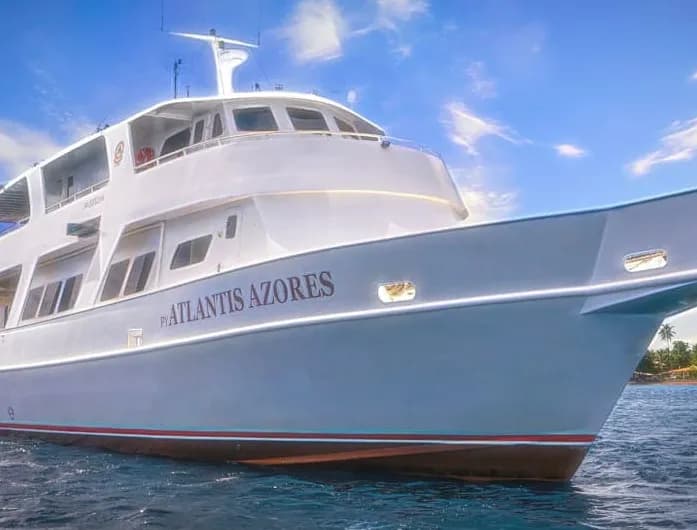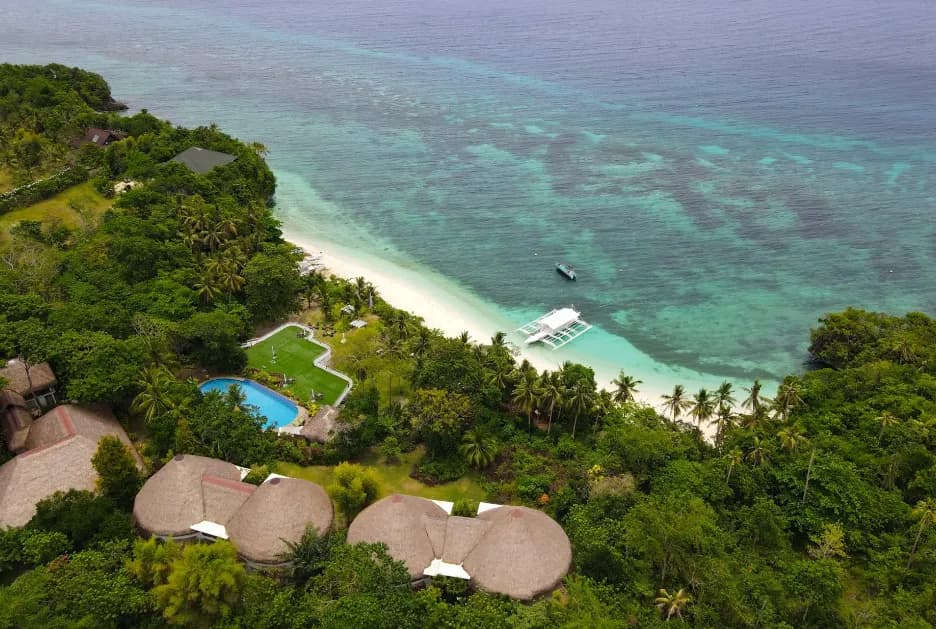
Cebu and Bohol feature pristine dive sites, from colorful reefs to marine sanctuaries. Divers can encounter diverse species, including turtles and rare critters, while exploring dramatic underwater landscapes and vibrant ecosystems.
Scuba Dive Level
All Levels
Visibility
50 to 100 feet (15 to 30 meters)
Average Water Temperature
80
Tropical Fish
Stunning Reefs & Corals
Excellent macro combined with a diversity of coral reefs, a wide range of resorts from budget to luxury and the possibility of thresher sharks all attracts divers from all over the world.
There are also more and more Philippines liveaboards which include many of the area's top dive spots, notably Malapascua for thresher sharks, Moalboal (more below) for its ever-famous sardine baitball, and various other sites in the vast Visayan sea.
Nutrient-filled waters support a plethora of ecosystems & a huge diversity of marine life. Thanks to the great land protection Cebu and Bohol have, divers of all levels can enjoy the area and its calm seas without a concern.
Our Featured Partners in Cebu & Bohol
Magic Resorts
offers two boutique dive retreats in the Philippines:
Magic Island Resort in Moalboal, Cebu, with easy access to stunning reefs and night dives.
Magic Oceans Resort in Anda, Bohol, featuring rich marine life along 17 kilometers of pristine coastline. Book now and get 25% OFF!
Most divers of this area have an appreciation for macro sightings like pygmy seahorses, skeleton shrimps, nudibranchs, etc. That being said, thresher sharks are found commonly enough moving along the channel and the whale sharks of Cebu are world-famous. Pristine corals abound, encouraging never-ending diversity of species and ecosystems.
Moalboal, at the southern end of Cebu, deserves special mention. This place is most famous for the Sardine Run, where hundreds of thousands (some even say millions) of sardines come together in sync, building a huge bait ball that protects them from trevally, barracudas, sharks, and other larger hungry marine life. It's a must-see when you're in the area. Aside from the enormous Sardine Bait Ball, give Pescador Island at Moalboal a visit as well. The incredibly healthy corals are home to abundant critter life, and also ornate ghost pipefish, frogfish, cuttlefish, and even turtles.
Bohol scuba diving can be done at sites around the main island, or at its many surrounding islands. Plenty of options are available for divers of different experience levels and those seeking macro and wide angle opportunities.
Balicasag Island: A marine sanctuary teeming with biodiversity including colorful corals, sea turtles, and schools of fish.
Panglao Island: Home to a variety of dive sites, including Alona Beach and Doljo Point, which offer diverse marine life. Look for frogfish, seahorses, reef sharks, and more!
There are numerous direct daily flights to Mactan-Cebu International Airport (CEB) from China (PEK/PVG), United Arab Emirates (DXB), Malaysia (KUL), Korea (ICN), Singapore (SIN), Hong Kong (HKG), Japan (NRT/HND), and Taiwan (TPE). From Cebu, it's a short ferry ride to Bohol.
There are plenty of dive resorts available that can meet all of your diving needs. You can also visit the best dive sites in Cebu & Bohol from the comfort of a liveaboard.
Diving is possible all through the year, but the best diving season is January - May.
While in Cebu, visit the Magellan Cross and the Carbon Market (largest farmers market in Cebu). Trips to Cebu are easily combined with trips to Bohol. While in Bohol, check out the chocolate hills for a scenic view, take a Loboc River Tour, or just explore some old churches.

Explore Cebu And Bohol


